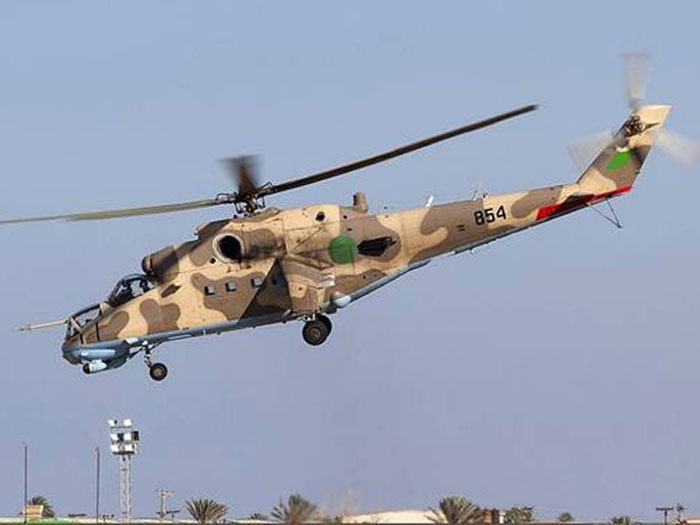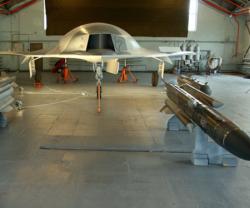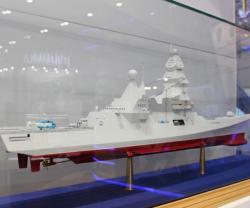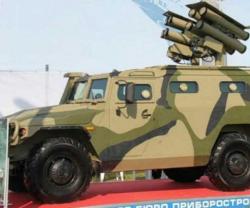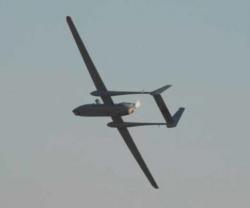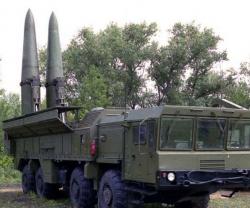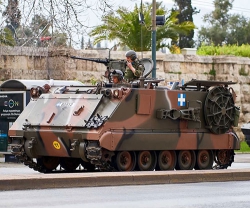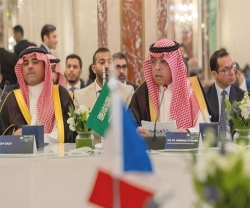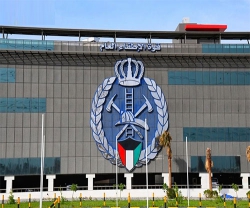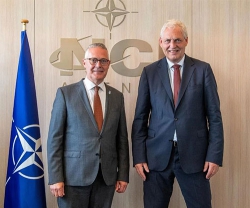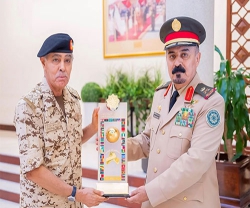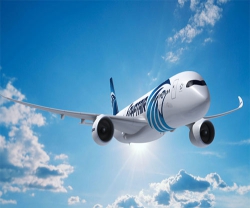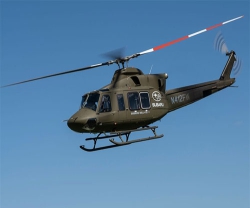Two years have passed since Colonel Gaddafi’s regime was ousted in the Libyan civil war and the events surrounding Operation Unified Protector.
As regime change continues to bring new signs of stability, the General National Congress is reported to have approved a massive 10% of the national budget to rebuilding the country’s military forces, amounting to $4.7 billion of funds ready to be spent on modern systems.
A Senior Libyan Air Force Officer was quoted by UAE newspaper The National as confirming the figures and identifying ageing equipment as a major vulnerability for a country that not only holds vast oil reserves, but also a 2,000 km coastline and borderlines with 6 different African nations.
The United Nations has already eased long-standing sanctions to allow Libya to invest in non-lethal upgrades, and British Prime Minister David Cameron recently travelled to Tripoli to reopen the gates of Defence trade. Italy, meanwhile, has already delivered a fleet of 20 armoured vehicles.
At this year’s Military Flight Training conference in London, UK, Defence IQ met with Lieutenant Colonel Osama Elwefati. Elwefati has been a Pilot in the Libyan Air Force since his graduation from the Air Academy in Misrata in 1992.
Since opening in 1974, the Academy has trained pilots all over the world - including those from Pakistan, Germany, Greece, the United States, Poland, former Yugoslavia and Soviet Russia - but in more recent years, the prestigious school has been starved of entrants.
“That was the old generation,” reminisces Elwefati.
“When they opened the Academy, they brought a staff of Pakistani instructor Pilots and a Yugoslavian team, and had them compete together to see who could graduate the most professional Cadets.”
Indeed, in the 1980s, Libya’s Air Force boasted one of the largest fleets in the Middle East, nearing around 1,000 aircraft and as many Pilots, until US and European embargoes slowly eroded these figures over the decades.
Elwefati recalls the former standing of the force and comfortably listed many of the training aircraft that used to grace Misrata tarmac, including Yugoslav-made Galeb G-2 As with Rolls-Royce engines and tandem seat, J-21 Jastrebs – essentially a smaller, single-seat model of the T-33- and Italian Aermacchi SF 260s, alongside helicopter trainers in the form of Russian-made Mi-2s, Mi-8s and Mi-17s.
Circumstances in 2011 saw many of these surviving trainers stamped out in the conflict as they too were dispatched to beef up the combat force. One SF 260 fell foul of a rebel tank’s tracks at Misrata Airport and at least one G-2 wandered into the no-fly zone only to be smoked by a French Rafale.
Not every demise of a Libyan air asset has been related to the civil war. Elwefati begins to laugh at mention of Mother Nature having ravaged one important component of the old force.
“We had…or have…C-130s, but they’re still stuck in the United States!”
He is referring to the 1972 $70 million purchase of 8 of the transport planes that were subsequently grounded over the emerging political dispute. 41 years later, they remain literally rotting on the tarmac of Dobbins Air Force Base, Marietta, USA, memorialising that turbulent era.
“We’re still negotiating on whether they are still air-worthy or not, but the Americans want us to trade them in for the C-130J – though I don’t think that will be the preference.”
“The ex-regime wasn’t keen on renewing the Air Force,” Elwefati admits, his smile fading. “It was seen as an internal threat to his government.”
“Our aircraft are third, maybe second or even first generation. The Mig-23, for example, has been grounded in Russia now – I saw them cutting one down on television and scrapping it for metal sheeting.”
“Now, the Libyan military has a new direction, to create a strong and up-to-date Air Force. At the moment, we still have issues with the new government as it assesses itself and finds its own feet, but our Air Force Command is keen on starting to look for new solutions, new manufacturers and new providers who are now willing to sell to Libya.”
Aside to equipment, training requirements are just as key, with France close to agreeing a skill transfer contract for Libya’s naval personnel and similar efforts on the table for several other services, particularly with the air component.
“On the training side, there have been some negotiations with Portugal because the Air Academy is now no longer in a condition to accept and train any new cadets. There’s a lack of instructors, most of which have resigned from the Air Force or are medically unfit at this time. So we’re looking to have ties with the European Union and its governments and air forces around the world to take on Libyan cadets until we can stand on our feet.
“My main reason for coming here to London was to connect with military training schools, including helicopter academies, to help my country immediately send some pilots to refresh their skills and upgrade their techniques, either in simulators or glass cockpit helicopters and jets, which is something we have never experienced in our country.
“If we get a chance this year or next year to fly in glass cockpit aircraft, they’ll be ready to take to the sky.”
Just when these changes will take place is difficult for anyone to pinpoint, with estimates ranging between 3-8 years for the Air Academy to even begin feeling confident in its own resources once more.
“NATO of course damaged a lot of air structures, hangars and bunkers, but there’s big potential to rebuild. Some English companies are looking into refurbishing the air bases in cooperation between the UK and Libyan government.
“Not to mention, there are intentions to buy a Russian trainer and an Italian trainer. Some steps have also been made to buy the [BAE Systems] Hawk.”
Although there are clearly gaps on the shelves that need to be filled immediately, Libya still has a positive profile when it comes to its defence forces.
Several aircraft are still airborne, including the MiG squadrons, helicopter squadrons and Mirage F1s. Among these are the 2 Mirages that defected to Malta during the Libyan revolt, having refused to fire on protestors, which have now returned home and are in full service.
Source: Defence IQ

